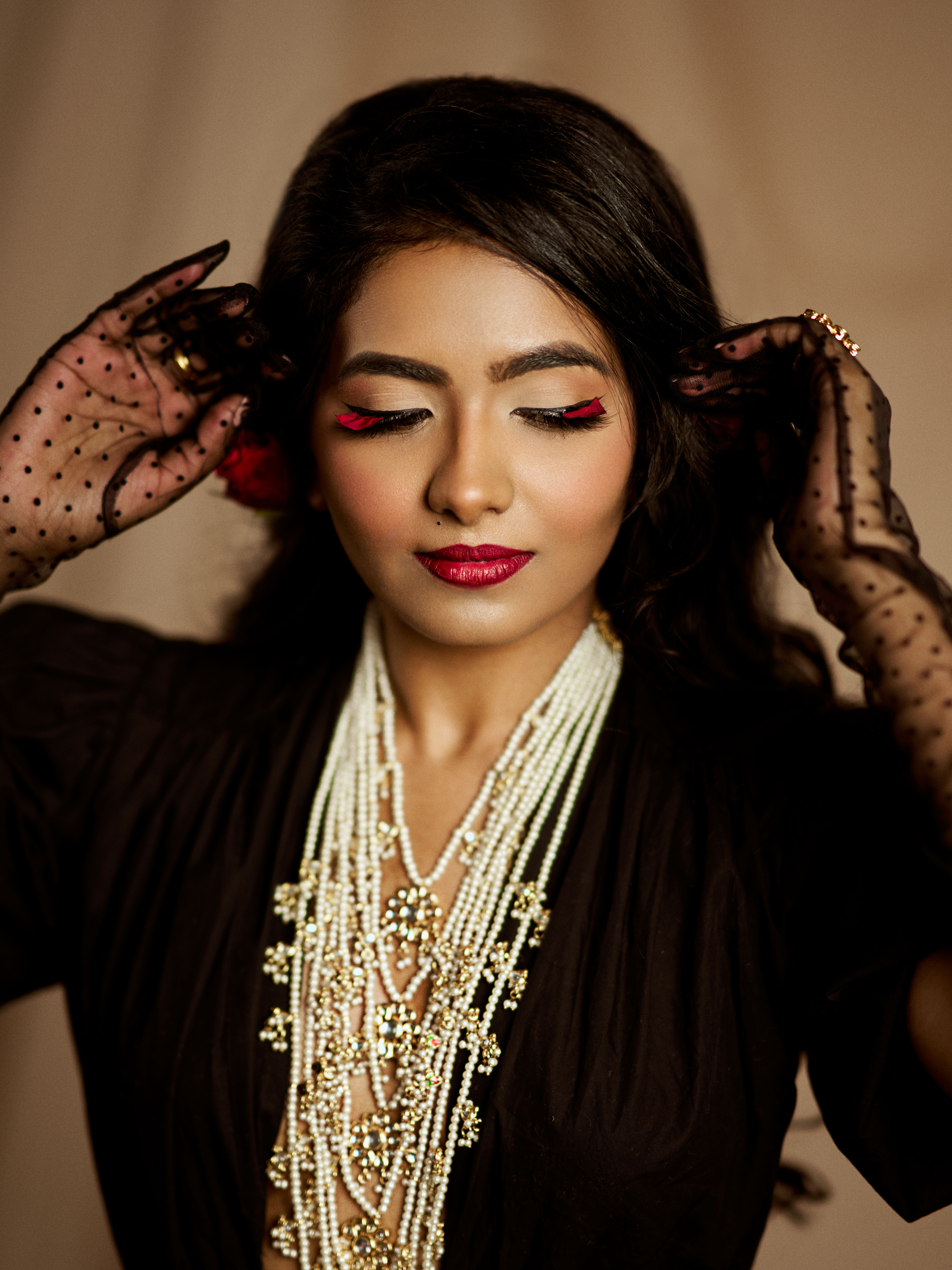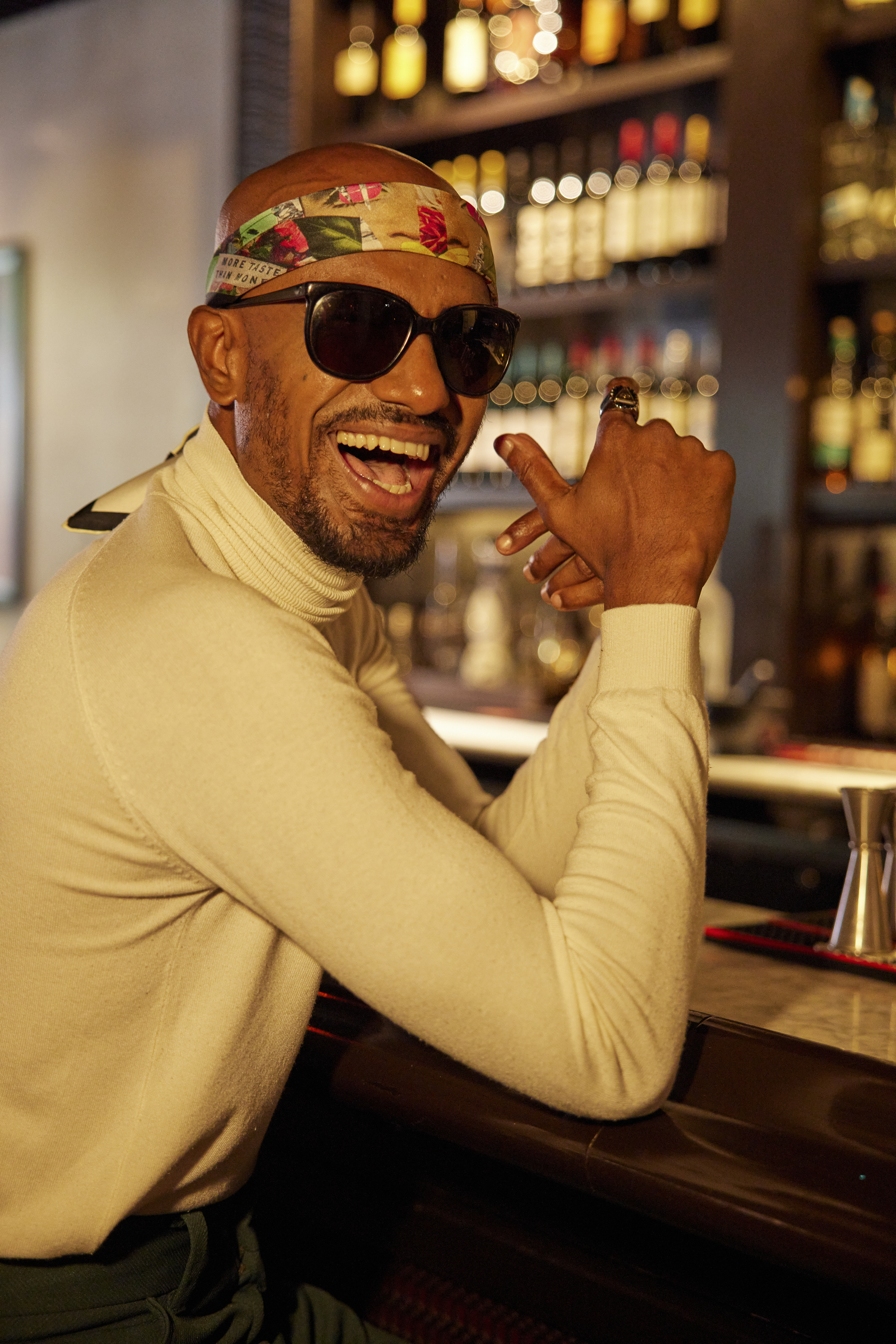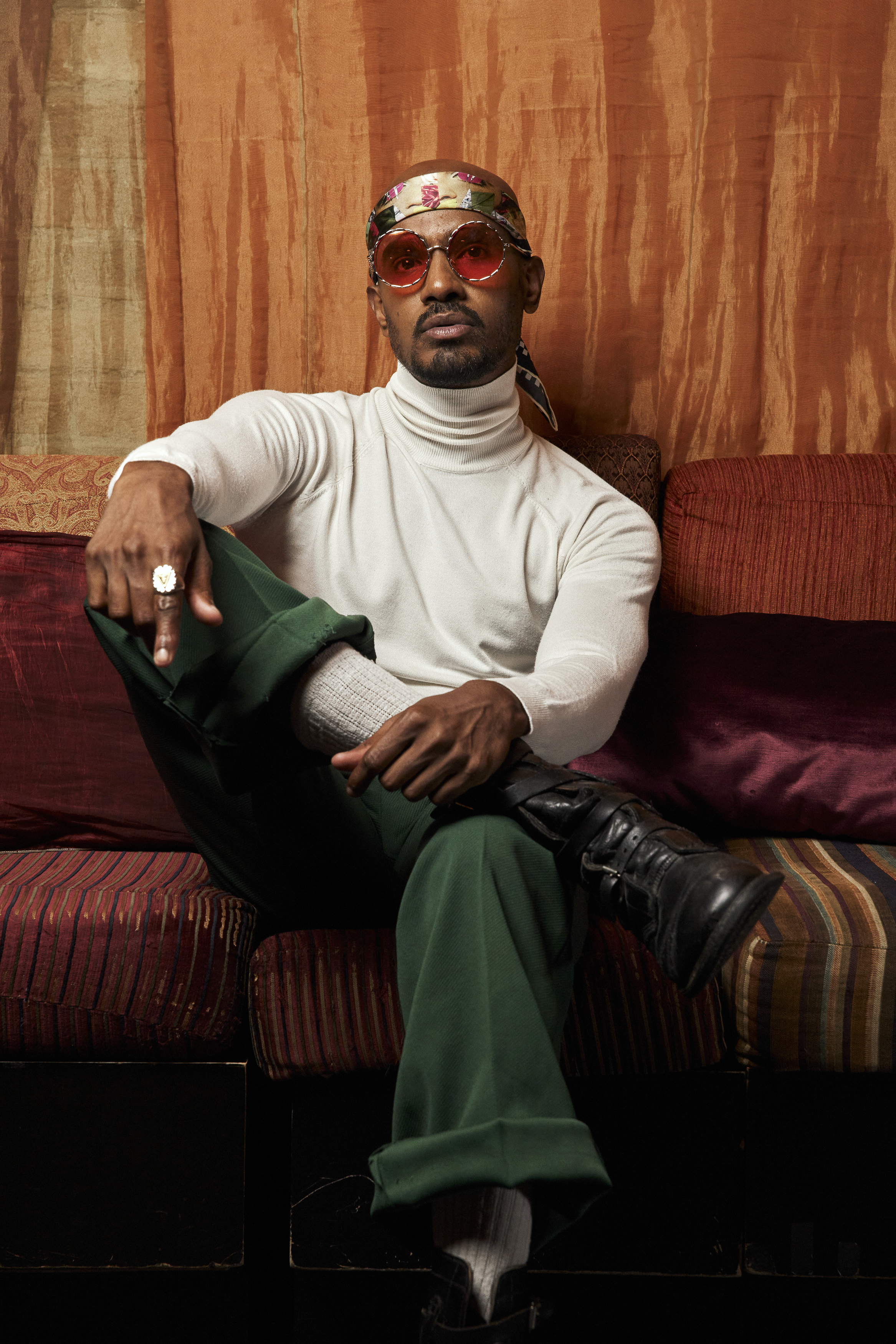
Whether you're a keen amateur or a paid professional, portraiture is an incredibly creative, fun and versatile genre of photography.
There are three key things that you should consider when thinking about portrait photography – the camera gear you're using, and the lighting and posing techniques. We've teamed up with the photo experts at Henry's to share their tips for better portraits.
Discover how you can take phenomenal shots of people simply by choosing the right photographic gear for you, taking inspiration from your favorite photos, and paying attention to the poses your subject is striking. Let's get started.

1. Pick the right camera
There is so much choice in the market when it comes to picking a camera body, that it can be easy to be confused by the amount of options. However, we'll say this... the latest cameras you can buy are exceptional, and almost any modern camera in the hands of a good photographer will provide good image quality.
So what is the right camera for you? When you're trying to narrow down your camera options, really consider what it is that you value. Is it having the most megapixels so that you can create big prints? Having the most dynamic range in your file? Or, is it having a camera that feels ergonomic?
While DSLRs are good value for money, mirrorless cameras are generally smaller and lighter to carry around handheld. Medium format cameras are the most expensive outright, but the sheer resolution and color fidelity they offer can be second to none.

Instead of trying to chase all of the highest technical specs and latest features (which you might not need or use) really look at where you are in your creative journey, and find the camera that matches that. The best camera for your portraiture will be different based on different needs and preferences.
The best camera deals, reviews, product advice, and unmissable photography news, direct to your inbox!
Buy the camera that you can afford without stretching yourself, or rent the one that you aspire to have. If you're still not sure, why not get advice from camera experts online or in Henry's stores. Once you've chosen your camera and gotten to grips with using it, it's time to move on to the exciting part – creating stunning portraits.

2. Lighting
Lighting is the fundamental element of all good photography, no matter the genre. However, for portraiture, lighting can be used to flatter the subject, add drama, and draw attention to their most striking features.
While natural light can be hugely flattering, there's no need to be afraid of using artificial light sources – think flash and continuous LED light panels. With so many brilliant lighting options to explore and experiment with, the lighting type you go for depends on a few factors, including power and portability.
Speedlights are very practical when you're shooting portraits on location, and they can even be handheld for greater flexibility in light placement. If you need extra lighting power, strobes might be able to give you a stronger output.
Professional off-camera flash heads like those from Profoto are perhaps the ultimate option – they're portable enough to be packed away, can connect wirelessly, and even offer some light shaping tools for versatile results.
Study the lighting setups used in your favorite images and work backwards to discover how they were achieved.
Top tip
If you're not sure how to use lighting, start collecting up a few portrait images that inspire you. From there, you can try and work out how the light sources were used – think about lighting direction, strength and even color, and how you can replicate all those elements in your own shots.
Consider the quality of the lighting on the subject, too. Is it soft and subtle, or perhaps hard and dramatic, with strong shadows? Light sources that are further away tend to produce harder shadows (much like bright sunlight in the middle of day), but don't forget that you can also change the quality of the illumination with light modifiers such as softboxes.
To find out which lighting and studio equipment is right for you, check out the live chat on Henrys.com and talk to a photography expert.

3. Posing
When it comes to portrait photography, even experienced models can sometimes struggle to come up with the right poses. Whether you're shooting a professional model or a friend that you've ask to sit for you, it's possible to immediately improve your portraits by giving them some clear direction. Of course, you need to know what you want your subjects to do so that you can guide them.
In the same way that you approached the lighting in your portraits, first, look for inspiration. Check out magazines, websites and brochures that feature poses you find inspiring. You can collect these posing ideas into a mood board – either physically or digitally – and refer to them when you get on set. It might even help to show the mood board to your subject to align them with your creative vision.

Henry’s is the leading specialty digital imaging retailer in Canada, with over 15,000 imaging products. Family-owned and operated, Henry's first opened its doors in 1909 and is now the source for the best and newest products, expert advice and award-winning customer service in camera-related hardware and accessories for photography, videography and content creation.
Henry's on Twitter
Henry's on Facebook
Henry's on Instagram
Henry's on YouTube
Not everyone is comfortable or able to pull certain poses; understand the limitations of your subject and make sure you're not asking for unrealistic things.
Paying attention to posing will elevate your portrait from a standard to a stunning result, but you need to look at more than just what your subject's face is doing.
Scan your subject's whole body from top to bottom; their hands, elbows, and even feet, if they're in the frame. Check to see that there's not anything awkward going on, that the subject looks flattering, natural and balanced, and that there's room for them to breathe in the composition.
Once you've captured a range of poses and you're happy with the images, you could also change the angle at which you photograph your subject – maybe get down low or stand on something to reach higher – and play around with props.
Feeling inspired? Learn more about how to elevate your portraits with the tips in this video from the photographic experts at Henry's.
Digital Camera World is one of the leading authorities on camera and photography news, reviews, techniques, tutorials, comparisons, deals and industry analysis. The site doesn't just specialize in cameras, but all aspects of photography, videography and imaging – including camera phones, gimbals, lenses, lighting, editing software, filters, tripods, laptops, printers, photo books, desks, binoculars and more.
Whether you're using, looking to buy or trying to get the most out of a compact camera, action camera, camera drone, cinema camera, beginner camera or professional camera, Digital Camera World has a roster of experts with combined experience of over 100 years when it comes to cameras, photography and imaging.

